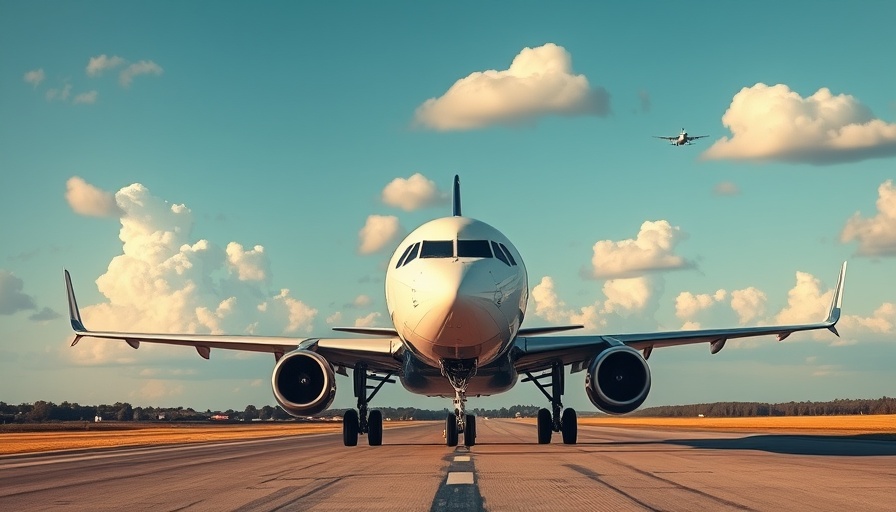
Delta A321 Incidents: A Close Call at Nashville
Last week, passengers aboard Delta Flight DL2724 were put on an unexpected rollercoaster of emotions when their aircraft suddenly braked hard on the runway at Nashville International Airport. This dramatic moment unfolded as the Airbus A321 rushed to avoid a collision with a small Piper Cherokee that had inadvertently rolled onto the active runway. The quick thinking of the flight crew undoubtedly prevented what could have turned into a catastrophic disaster.
The Chaotic Scene Unfolds
The unsettling near-miss took place around 10:05 a.m. on July 10, 2025. The A321 was primed for takeoff towards Minneapolis-St. Paul International Airport when the Piper Cherokee mistakenly entered the runway instead of clearing properly after landing. Air traffic controllers, spotting the imminent danger, immediately revoked the takeoff clearance. In what seemed like an eternity, the pilots executed an emergency stop, screeching their tires on the runway and jolting passengers in their seats. It was a heart-stopping moment that highlighted the razor-thin margins airlines operate within.
Echoes of Past Incidents
This wasn’t a lone incident at Nashville International; just months prior, another flight nearly faced disaster when an Alaska Airlines jet had to brake abruptly to avoid colliding with a Southwest Airlines plane. Both incidents underscore a worrying trend of safety risks at this busy airport, calling for a thorough review of airfield protocols. The realization is stark: each step taken on the runway must be executed with absolute precision, as just one error can lead to dire consequences.
FAA Investigation Underway
In response to this alarming event, the Federal Aviation Administration (FAA) has launched an urgent investigation to unravel how such a critical error occurred. Initial reports indicated that the Piper Cherokee pilot received clear instructions to taxi right after landing. The ensuing confusion raises questions about pilot communication and air traffic control efficiency. Investigators are meticulously analyzing cockpit recordings and tower logs to identify any lapses in communication or procedural oversights that may have contributed.
Praise for Quick Thinking
Kudos must be given to Delta's flight crew for their swift action in this critical moment. Their ability to react decisively meant that this flight was able to resume its journey just hours later, albeit with shaken passengers who would undoubtedly recount the harrowing experience for years to come.
The Need for Enhanced Safety Measures
The troubling incidents at Nashville raise broader discussions about runway safety and the critical need for enhanced pilot training and rigorous adherence to operational protocols. With the aviation industry placing utmost importance on safety, airlines and regulatory bodies must work together to eliminate even the slightest chances of human error that can lead to disaster.
Looking Ahead: What Can Be Done?
As investigations continue, airline officials and regulators must strive to implement tactical changes that not only address the immediate concerns raised by this incident but also proactively safeguard against future risks. Whether through improved training programs, updated communication technology, or enhanced runway markings, there are many avenues to explore in fortifying airport safety.
This incident serves as a chilling reminder of the inherent risks in aviation and the importance of maintaining vigilance at all levels, from air traffic control to pilot training. Let us hope that these learnings lead to a safer flying environment for everyone.
 Add Row
Add Row  Add
Add 




Write A Comment